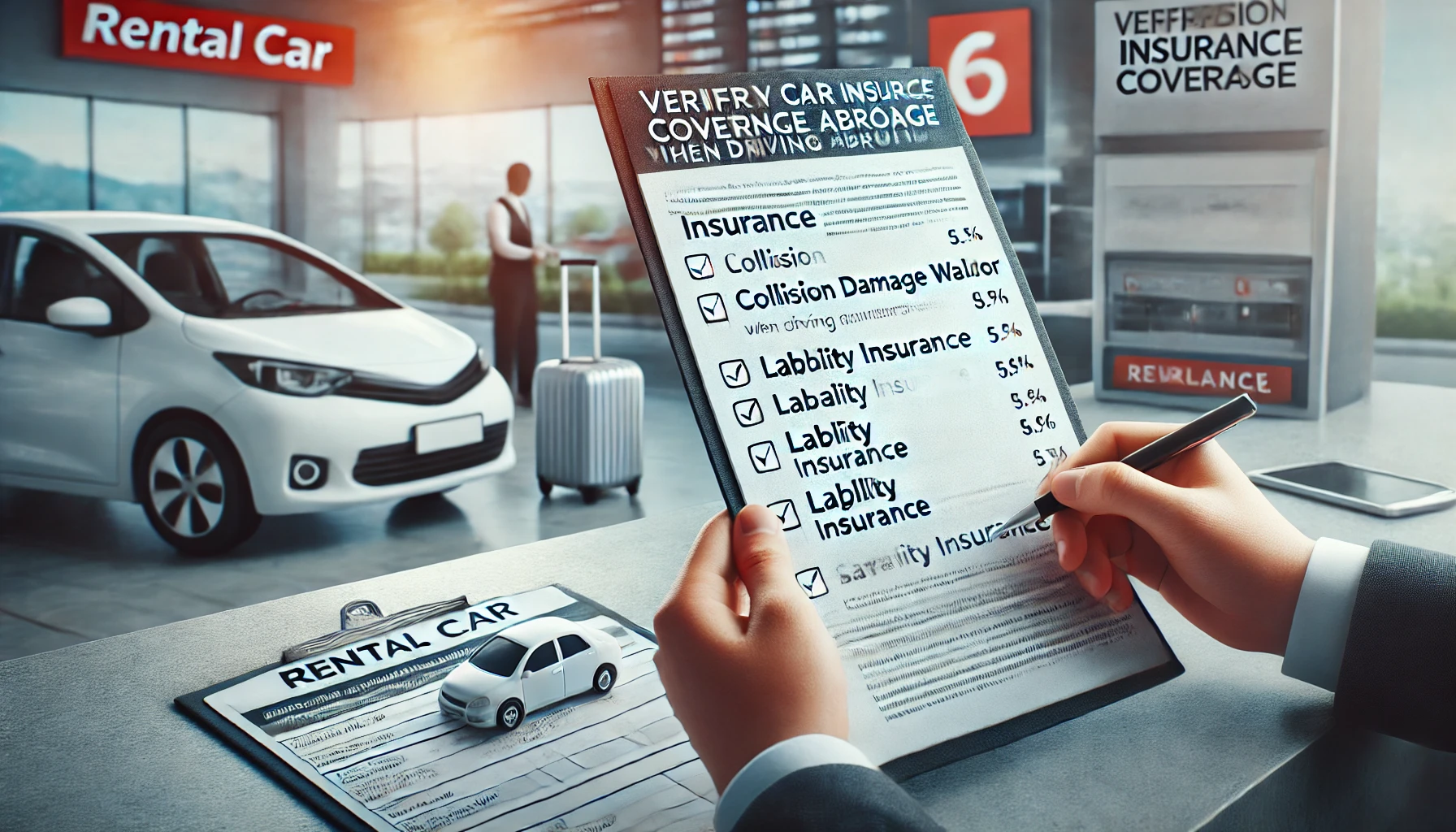Ultimate Guide to Driving Abroad: What Every Traveler Must Know for a Smooth Experience
Disclaimer: This article is a general guide intended for informational purposes only and is not affiliated with or sponsored by any specific organization, rental agency, or insurance provider. It is designed solely to help and guide travelers by providing useful tips and information for a safe and enjoyable international driving experience.
Driving in a foreign country allows you to explore new places at your own pace, offering flexibility and freedom beyond the usual tourist routes. However, international driving also comes with its challenges. This guide covers everything travelers need to know about driving abroad, from understanding road rules to renting a car.
1. Know Which Side of the Road to Drive On

One of the most critical things to check before driving abroad is the side of the road your destination uses. While most countries drive on the right, several drive on the left, including the UK, Japan, and Australia. Adjusting to this difference is essential for safety, especially when navigating intersections and roundabouts.
If you’re driving on the opposite side than you’re used to, take a few minutes in a low-traffic area to practice. Adjust to the mirror placements, learn the controls, and pay close attention at crosswalks and exits.
2. How to Rent a Car Abroad
Renting a car abroad is fairly straightforward, but there are a few important steps and considerations to keep in mind:
Booking in Advance: To ensure availability, especially during peak travel seasons, book your rental car well in advance. This also gives you more options at competitive prices.
Choose a Reputable Rental Company: Well-known international companies such as Hertz, Avis, and Enterprise are generally reliable. However, local agencies may offer lower rates. Be sure to check reviews and policies for any agency before booking.

Required Documents: You’ll need a few essential documents to rent a car:
Driver’s License: Bring your home country’s license. International Driving Permit (IDP): Required by many countries, an IDP serves as a translation of your license. Passport: Often required for identification.
Credit Card: Most rental companies require a credit card for the security deposit.
Understand Rental Costs: Daily rates vary based on location, car type, rental company, and demand. Make sure you’re aware of additional fees such as:
One-Way Fees: Charged if you’re returning the car to a different location.
Insurance: Many companies offer optional insurance packages, which can significantly impact the price.
Mileage Restrictions: Some rentals may charge for excess mileage, so check if unlimited mileage is included.
Security Deposit and Warranty: Rental companies generally place a security deposit hold on your credit card as a warranty against damages. This deposit is typically refunded if the car is returned in good condition. Be clear about deposit amounts and inspect the car before driving to note any existing damage.
3. Understand Local Road Rules and Signs
Each country has unique traffic laws, so research the specific rules of your destination. Here are a few critical aspects to consider:

Speed Limits: These can differ significantly and may be posted in kilometers per hour or miles per hour. Stay alert for speed limit signs, particularly in urban and rural areas.
Road Signs: Signs vary from country to country. Understanding basic signs, especially for yielding, pedestrian crossings, and unique local warnings, is essential for safe driving.
4. Verify Your Car Insurance Coverage
Ensuring you’re insured is crucial when driving in a foreign country. Here are some common options:
Rental Insurance: Most companies offer coverage options like Collision Damage Waiver (CDW) and Theft Protection, which cover vehicle damages and theft, respectively. Liability insurance, which covers damages to others, is also recommended.
Credit Card Insurance: Some credit cards include rental car coverage as a benefit, which can save you from purchasing additional insurance. Check your card’s policy to see if this applies.
Carefully review the rental insurance options and ensure you’re comfortable with the coverage provided. Keep proof of insurance handy in case you’re asked to show it.

5. Have Emergency Contacts Ready
Preparation is key to managing any emergency situation effectively. Keep a list of emergency contacts, including:

Local Emergency Number: Most European countries use 112, but emergency numbers vary globally.
Roadside Assistance: Many rental companies offer 24/7 roadside assistance—store their number for quick access.
Rental Company Contact: Keep the contact information of your rental agency for assistance with vehicle issues or in case of an accident.
6. Carry an International Driving Permit (IDP)
An IDP is essential in many countries and acts as an official translation of your driver’s license.
Some countries require it along with your license, so check in advance.
You can typically obtain an IDP online or from authorized agencies, with quick processing times in most cases. Just remember to keep it alongside your regular license while driving.

7. Keep Your Documentation Organized
When driving in a foreign country, carry the following documents:

- Driver’s License and IDP (if required)
- Passport for identification and backup.
- Insurance Papers to show proof of coverage if necessary.
- Rental Agreement as proof of the rental terms.
- Storing all documents in one easily accessible place, like a travel document organizer, can make it easier to locate them when needed.
8. Know About Tolls and Fueling Practices
Fueling and toll road practices differ across countries. Here’s what to look for:
Toll Roads: Many countries rely heavily on toll roads. Payment systems may include cash, credit cards, electronic passes, or prepaid toll cards. Your rental company can advise if the car is equipped with a toll transponder.
Fuel Types: Fuel labels differ, and fuel pumps may display units in liters or gallons. Make sure you know whether your car uses petrol, diesel, or another fuel type to avoid mishaps.

Respect Local Driving Customs

Driving customs can vary significantly from one country to another.
Respecting these customs can help you blend in with local drivers and avoid misunderstandings.
Gestures and Signals: Some countries rely heavily on honking, while others use it only for emergencies. Observe locals to learn the norms. Parking Etiquette: Pay attention to parking restrictions, which may require permits or specific meters.
Pedestrian Priority: In many countries, particularly in Europe and Japan, pedestrians have priority at crossings. Always be ready to yield. Final Thoughts
Driving abroad offers the freedom to explore, but it’s essential to be well-prepared. This article is provided as a general guide for instructional purposes, aiming to help and guide travelers by offering useful tips for international driving. By understanding how to rent a car, ensuring proper documentation, and respecting local road customs, you can drive confidently and safely in a foreign country. With a bit of planning and research, you’ll be ready to take the wheel and make unforgettable memories on your journey abroad. Safe travels!





